
‘Shabdiz’, 2017. Natural pigments and 24ct gold on handmade hemp paper. Hana Louise Shahnavaz
British-Iranian artist Hana Louise Shahnavaz spent 6 years studying the art of traditional Persian painting in Iran under the tutorage of master painter Safoura Asadian before moving back to London to continue her studies at the Prince’s School of Traditional Arts. In a week dominated by the ultra-contemporary and beyond abstract at Frieze London, we speak to a young living artist increasingly admired for her painstaking creation of materials – she mixes her own paints, from Persian soils – and her intricate artworks which possess a poetic, almost mystical quality as if merging ancient myth and the current zeitgeist for the authentic
1. Why is Iran so important in informing your art?
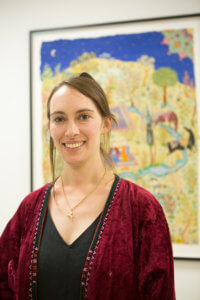
Hana Louise Shahnavaz
Iran has been, still is, and always will be absolutely vital to my artwork. I’m really inspired by Persian miniatures, Persian stories and Persian poetry, and for me it is really important to explore the roots and origin of these Persian art forms that influence and guide my own art so much. The obvious starting point of this exploration would be by visiting and honouring the location, which is in most part what we know as modern day Iran. I learnt to paint in Iran, having moved there post uni and ended up staying for around 6 years completely immersing myself in the arts. I therefore owe Iran a lot for the nurture it gave me and all it taught me.
Follow LUX on Instagram: the.official.lux.magazine
It is very important for me to physically be in Iran and stand in the earth and really feel the energy in its pure form – this is after all, where it all began. I’m a real big believer in breaking things down and going back to simplicity; start simple and then let things grow organically. Don’t skip steps but instead take time to build the foundation. A solid foundation is everything. Admittedly it’s something I didn’t fully understand to begin with – I wanted to immediately fly ahead and paint without stopping and breathing and observing. Then I began to appreciate the beauty and importance in going back and just looking to see where all this has come from. I started to ask questions and really think about how they used to do things in the golden years of old Persia. How did they used to paint? How did they view colour? How did they make their materials? I took time to look at the wall paintings in Isfahan, the old miniatures in the royal manuscripts, and all the paintings in the palaces. I find it really important to look and compare all the different Persian paintings by various Masters throughout time. Which ones attract me? Without analysing, just instinctively – what gets me? Then, after getting a feel as to what draws me in, I start to think and ask myself ‘why?’ This is one of the main ways in which Iran informs my art.

‘Map of Hormoz’, 2017. Earth on handmade hemp paper. Hana Louise Shahnavaz
Secondly, Iran is such a fascinating country. There is an amazing history of Persian art and poetry and you can feel it still vibrating in the earth, within the people. It is still very much alive today – it is timeless, a true living tradition. This is shown also by the many wonderful contemporary artists coming out of Iran today. There is a lot of art going on within Iran and one of the first things I will do when I visit now is to go to an art gallery and see what’s new. It’s actually really exciting to follow what is happening within the Iranian art scene – you can never quite predict what will emerge. But also, when I am in Iran it is not just about looking at art. Just breathing in the air, looking at colours, observing the natural colours that occur in Iran’s earth, in Iran’s terrain, the textures, the feel of the air, is all just as important. It really affects me. I’m a really visual person and all my work is inspired by things I’ve visually seen and felt. I use all my senses and think that is really important in art. Maybe it’s something that is being lost throughout time as we are getting very conceptual and art is becoming very much about what the artist thinks, feels and believes so when you skip all these things about observing, looking, feeling, touching, smelling, tasting and go immediately to ‘what I want to say’ a lot is lost, and so it’s really vital for me to look and am constantly observe my surroundings. I especially like to notice what flowers grow next to each other in the wild as these show certain colour combinations that naturally occur – colour combinations that I wouldn’t have otherwise thought may go together. I like to look at the trees to see how the different shades of green sing together. Iran is a fantastic palette of colour and texture to inspire!
Read more: In conversation with one of the world’s greatest living artists, William Kentridge
Another really important thing Iran brings for me is the stories. I absolutely adore Persian stories. I think they are magical and beautiful and truly believe beautiful stories and beautiful paintings are important. What I find fascinating about Persian stories, which I actually think mirrors Iran as a country, is that there are many layers to them; Iran is a very complex country, culture, people, history. In the Persian stories there is the story you take at face value, which is very visual. When Persians write the poetry you can visualise it like a painting due to the detailed, beautiful ways in which the language is used. This visual language plays a huge role in my art, from guiding my creative design all the way to the intricate use of colour. Then there will be the meaning behind the story – and wow they are full of many layers of meanings! There will be the moral of the story, the lesson it is trying to teach, that could have some value in day to day life for most people. Then there is a philosophical, contemplative meaning, and deeper still there are Sufi/spiritual types of meanings embedded into the stories that are meant to guide the soul. Basically the stories have something for every one, and this is exactly what I hope to achieve in my paintings. Iran is a very poetic and visual country with a huge story-telling culture. You can see this when talking to Iranians – they all just talk with such detailed, beautiful poetic visuals. The way stories are told is just full of life and magic. All of this is constantly feeding into my art.
2. You take your materials very seriously, often making them yourself. Why?
Materials for me are everything. I can’t separate the materials from the end painting. It’s half and half and I will always call my art a collaboration between myself and the Earth. There are many reasons why materials are important, the first being quality. The more you understand materials and go back to the root of them, the more you can make true quality art. Due to the commercialisation of art we have lost real luxury art, because if you are going to make this kind of art you can’t make a lot of it. Therefore my exhibitions are always half about the earth and process/journey and half the actual paintings. I actually think this is really beautiful because it’s not just about making the materials also. It really feeds into the whole creative aspect of the painting, so it feeds into my visuals. For example, when I make my own paint I don’t just buy pigment from a shop that has been synthesised in the lab and thats what it is and always be every time you go and buy it. I actually like to go and forage for natural materials, earth, semi precious stones, plants myself that I can make paint from. I also like to do pigment swaps and collaborations with some other amazing foragers out there in the world who also find really special and unique earth materials. So what this does is it brings a certain unpredictability to the work. I’m never quite certain what colour will appear on my palette each time.

‘Hormoz earth’, Earth collected from Hormoz Island, Iran. 2018. Hana Louise Shahnavaz
Also I’m never quite sure what the end paint will be like when I make it from a mineral or earth – it’s always different when you make it into paint as it never looks exactly like you see it when it’s in its rock form. It will always be a surprise and will always be a bit different. These differences will always end up gently guiding me in new directions I may not have taken if I didn’t make my own paint. If I had tubes of paint already prepared for me, I think psychologically in my mind I could probably very much plan a painting, and even if I told myself not to plan there would still always an element of planning to it, as I would always know exactly what colour I will be getting. I love to take that ability to plan away from myself, which is what happens when I make my own materials. This will of course change the whole feel of the painting, which is really exciting for me.
Also due to these pigment swaps I have been blessed to work with some very rare pigments. These bring a wide range of energies to the artwork and I always like to ask the forager the story behind the material. If we don’t understand where things come from then we can’t understand the true nature of those things. If I truly know the story and origin of the material then I can connect much deeper to it and its energy, and then get excited by it, which in turn opens the doors of creativity. The biggest and most important thing in art is creativity and I think pure creativity doesn’t come from the ego. It comes from something much purer and the artist is a vessel for that. It is nature that allows this to happen for me and the connection to the essence of the material I am using, and honouring it and respecting it. It’s why I also don’t take more than I need, and enjoy the fact that each painting will always be slightly different in the materials used, which again makes it more interesting and unique. It is definitely a fun way to paint!
Read more: French-Iranian artist Sassan Behnam-Bakhtiar’s dialogue with Jean Cocteau
Also the more I work with the earth the more I have a profound connection to it and a deeper gratitude. To witness what this earth can give us is such a blessing. This then makes me want to protect the earth and really thank her for what she has generously given and to not be greedy with it. If anything can have that effect on us, to actually want to protect the earth we walk on, the earth that we come from, then I think that’s a wonderful thing! I feel that as we are made from earth and come from nature itself, we can connect very deeply and quickly with something that is also made from nature as opposed to something that has no root or connection to us. I therefore think using earth materials facilitates the connection to the painting.
Another reason why I don’t want to use ready made or synthetic paints is the visuals. These will never be the same as hand ground paint made from semi precious stones sparkling in the sun, 24ct gold shining likes its on fire and translucent plant pigments where the light just bounces through the delicate layers.

‘Galloping into the golden skies’, Handmade and hand-ground pigments, foraged natural pigments, 24ct gold on handmade hemp paper, 2018. Hana Louise Shahnavaz
Finally I also love to work for my art – I really enjoy the process. I like the active part of it. It is an honour to go through the alchemical process of it all as it really is embarking on a mental, physical and spiritual journey with the transformation of the earth into paint. It’s a beautiful journey and I wouldn’t want to miss it! I love the journey just as much as I love painting. I also love being able to tailor make my recipes in a way that suits the way I paint. If you buy paint or any art material you have to make sure you create art in a way that agrees with the material, whereas I do the opposite. I make paint in a way it can agree with the way I want to paint. Again this really fuels creativity. As we are moving with the times art needs to be able to grow and develop naturally, and so for an artist to be able to remove as many limits as they can I think that really facilitates the organic growth of art, and allows the artist to move in any way they wish or feel they would like to go, rather than be stunted. It’s about being in harmony with the material and working together to achieve a shared mutual goal rather than working against each other. Everything about this art is about being in harmony and that just provides peace, which in turn filtrates into the art.
3. What are your views about colour, and has colour been neglected as artists’ materials become industrialised?
Yes, I do think the industrialisation of artists’ paints has changed the way we think about colour. It has stopped us thinking about colour, to an extent that is. The colours are pre-made – they are already ground, already mixed, the recipes are decided for us. Each of these elements does have an effect on the final paint. So yes, the artist may mix a particular blue with yellow to get a shade of green, but so much has been decided for them already and any one else get that exact shade.
Also, when something is in a tube, for example ‘ultramarine blue’, the artist can’t really form a true connection with it as they can’t truly understand what ‘ultramarine blue’ is. Where does it come from? What is it? How is it formed? Everything has already been decided for us so how can the artist have that connection with the origin of the colour? So how can we truly understand its colour? Because to understand the colour we really need to understand how it came about and why it is the way it is. So when you don’t have this connection you are just using it as a means to an end. You are using it for the painting and not enjoying it truly for itself. You are not there with it during its transformation, during its alchemical journey.

‘The secret garden.’ Handmade and hand-ground pigments, foraged natural pigments, 24ct gold on handmade hemp paper, 2018. Hana Louise Shahnavaz
This is how the industrialisation of materials has totally led to colour being neglected whereas in the past it was revered and honoured. These days everything is so fast-moving. We are in the fast-food, fast technology era where it is a lot about producing. The same has happened in art, where easy access to ready-made art materials has helped facilitate this mass produced nature, and as a result things like colour have become neglected. Due to the amount of paint I make and really working closely with my materials my eyes are getting really in tune to colour. I’m starting to see many blues within a blue pigment and many different greens within a green. So I feel like I’m really seeing colour for the first time and really witnessing what the world is offering. The more we use pre-made paint then the less we are going to be able to become in tune with that.
4. Do you have any artists who are your inspirations?
Yes I have many! I tend to get inspired by artists who excite me and who make me buzz and joyful. The first artists I would say really inspire me constantly are Persian miniaturists from around the 15th century during the Timurid dynasty of the Persian empire. I absolutely love the way they used to paint – it seemed freer and wilder than the later more ostentatious schools of miniature painting. It was also the time they used the best minerals, paper and gold in their manuscripts so it is always such an inspiration to look through them in person and touch the paper and actually see the vibrancy of the paint still glimmering like a jewel. I spend a lot of time in museums and the British library just to be close to these precious manuscripts. I also take a lot of inspiration from the wall paintings within the palaces around Iran.
Another artist I love is Reza Derakshani who is inspired by Persian miniatures and imagery and paints in an abstract expressionist style of painting. I was absolutely blown away the first time I saw his work in person – it was the colour, textures and story-telling magic that totally captured me. His paintings are always beautiful and this just draws you in. I never get tired of seeing his work and absolutely love his colour palette, which is always the first thing I will notice when viewing art.
Read more: Inside Lake Como’s luxury residence, Villa Giuseppina
Probably the most important inspiration in my art career has been my own teacher and mentor in Iran, Safoura Asadian. She taught me how to paint, and she taught me everything about colour – not via rules and systems but by intuition and organic connection. She is a very intuitive painter with her colour palette and by watching her paint over many years and by being by her side, the way she uses colour has seeped into me. The way she brings joy to her art and also how it is a spiritual practice for her also shines through her painting. Her paintings truly uplift the soul and I have never met anyone so creative as her. Just looking at her work makes me want to pick up a brush and paint. This means a lot, that if someone does something that makes you want to immediately create art then that is certainly the biggest form of inspiration you could wish for.
Cornwall based artist Kate Walters is also a big inspiration. She really honours nature and paints intuitively, from the heart. I’ve had the blessing to work with her and she really opened up some doors within me and helped me to be free and play in art, to not think so much and just go with the flow and connect hand to heart.

‘Khosrow’, 2017. Natural pigments and 24ct gold on handmade hemp paper. Hana Louise Shahnavaz
5. Is fame important?
For me personally fame isn’t important because what I am doing is with the Earth and I’m just going along with the flow and doing what I enjoy and am at peace with. I think fame to some extent involves having to consider what may be fashionable or in demand in that particular time, and I find it quite dangerous to think about what’s fashionable if it may go against what brings joy to your heart. This may lead the artist away from what they love, which for me is a sad thing so I don’t concern myself at all with that part of the art world. I wouldn’t want to change what I do or be steered away from my collaboration with nature and story-telling magic. Of course it is the biggest blessing to have artworks enjoyed by many people and to know they are bringing joy into peoples’ homes, but I hope for this to happen organically and with no force. I wouldn’t want this to be the driving force behind why I paint. The driving force must always remain rooted in Nature.
6. What would you like to do next?
I’m really excited to announce that my next solo exhibition will be upcoming in January 2019 so watch that space – I’m very excited! Then in spring 2020 I will be having a huge exhibition with a wonderful artist Yasmin Hayat where we will be bringing a lot of magic and crazy earth colour to life, full of stories and adventures. I have a lot of foraging trips planned as I would like to explore a wider range of earth pigments from all over the world. It’s exciting to think about what new colours will arrive on my painting palette for my future paintings. I definitely want to meet some of the amazing foragers from many different countries that I have been collaborating with and doing pigment swaps with – to see them in person and go frolicking in the mountains with discovering new rocks and new colours. I would like to explore the world and definitely dive deeper into foraging. I’m especially excited to look for more special and rare materials with exciting stories to tell.
Another thing I am excited to do is to continue honing my recipes for my materials as it is like cooking – recipes are never ‘done’. This is the great thing, there is so much we can do with it and it is the beginning for me. I have a lot to learn and discover so want to dedicate a lot of time now to diving even deeper into my materials. I’m also in the process of exploring some lost painting methods and recipes in Iran. Hopefully I can figure out some of the golden alchemy these fantastic painters of the past used and then bring that lost or hidden knowledge into my own art. It’s going to be a really explorative and exciting year!
To view more artwork by Hana Louise Shahnavaz visit: https://startartfair.com/2018-solo-hana-louise-shahnavaz or follow her on Instagram @hanaalchemyart















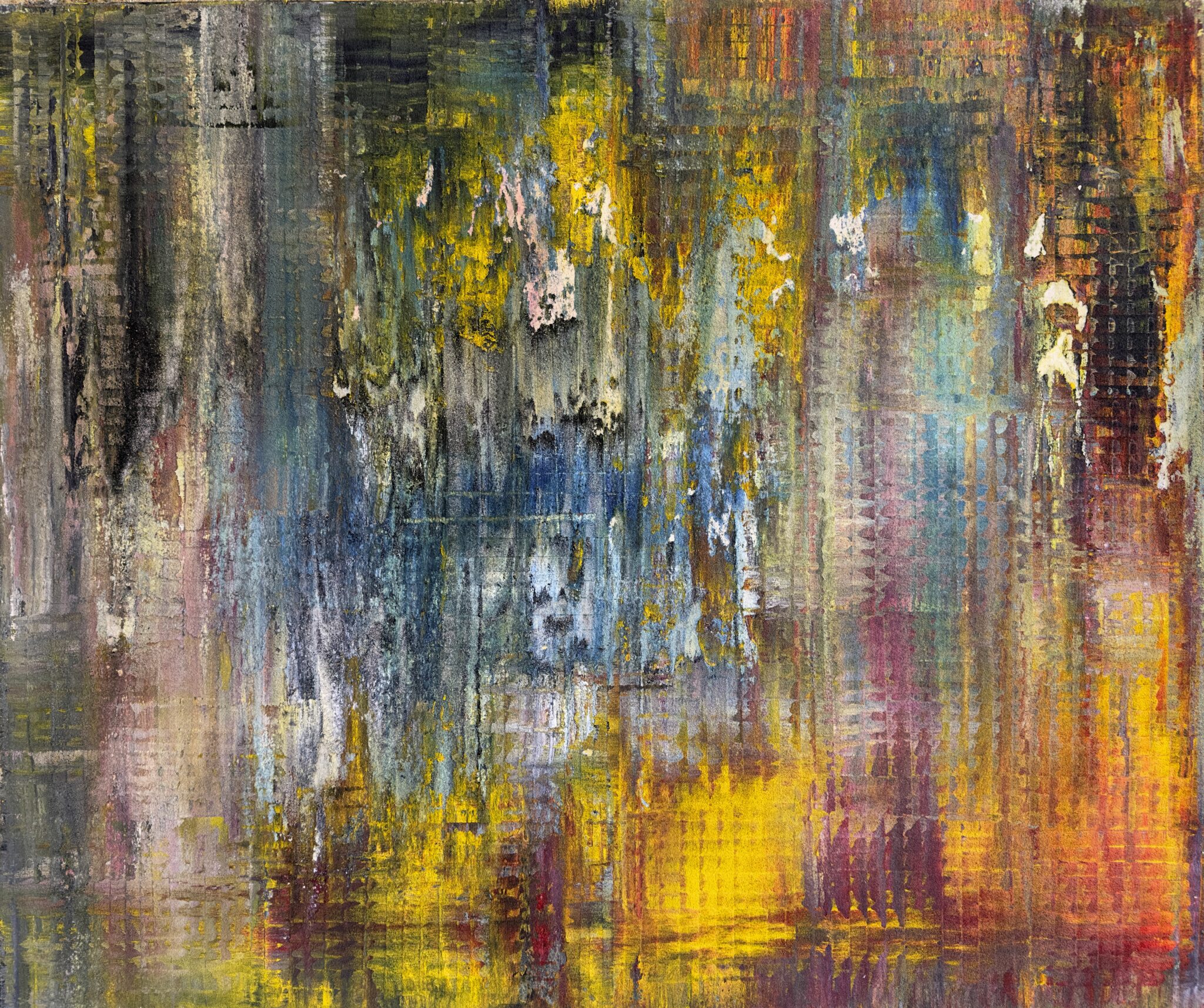



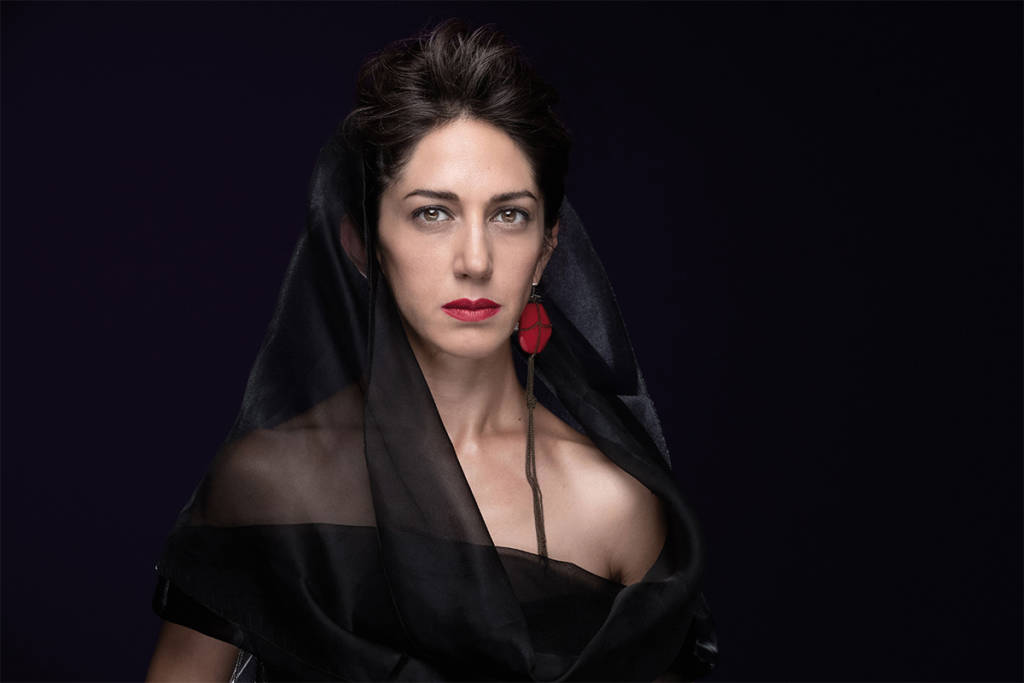





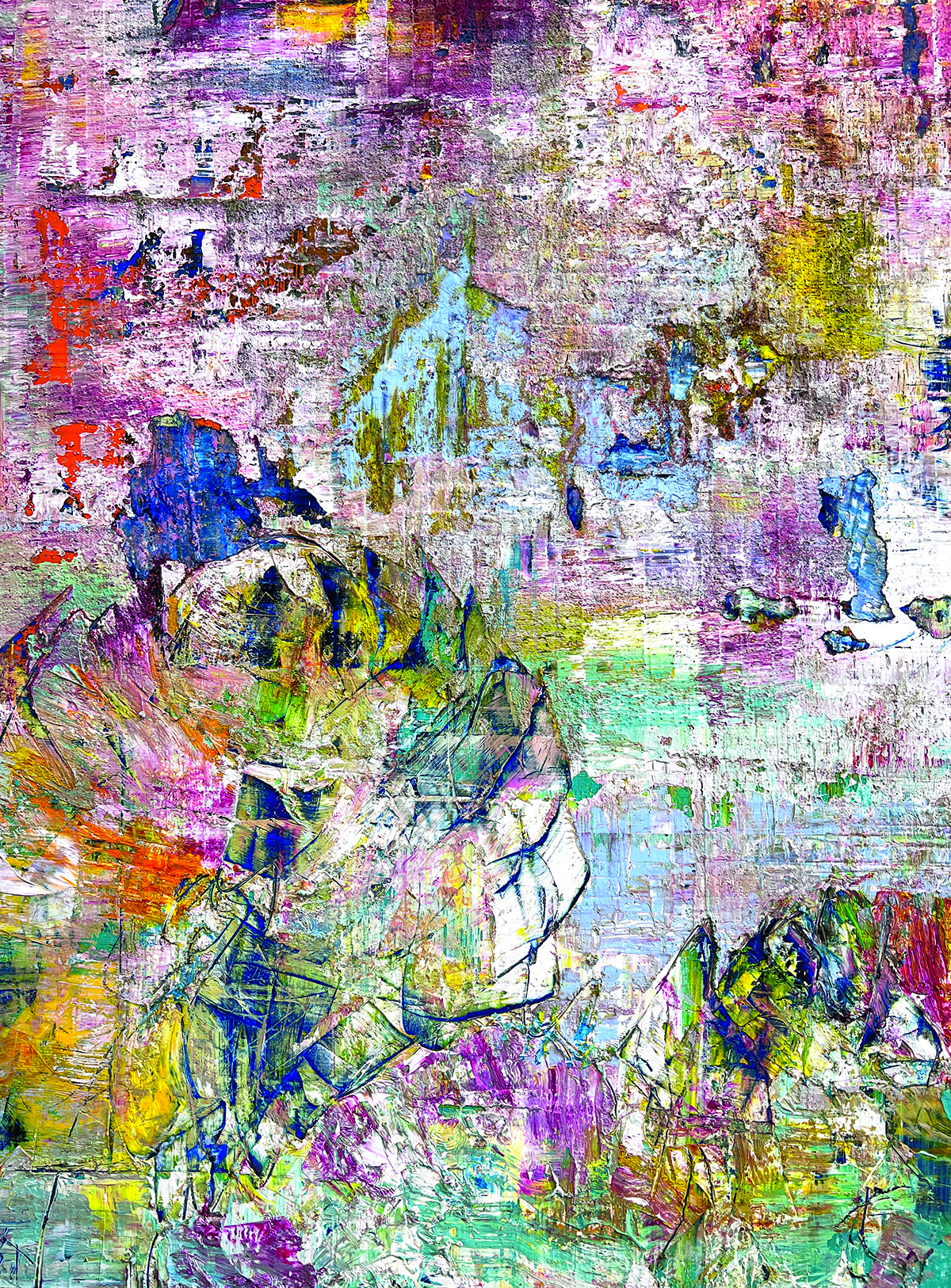

















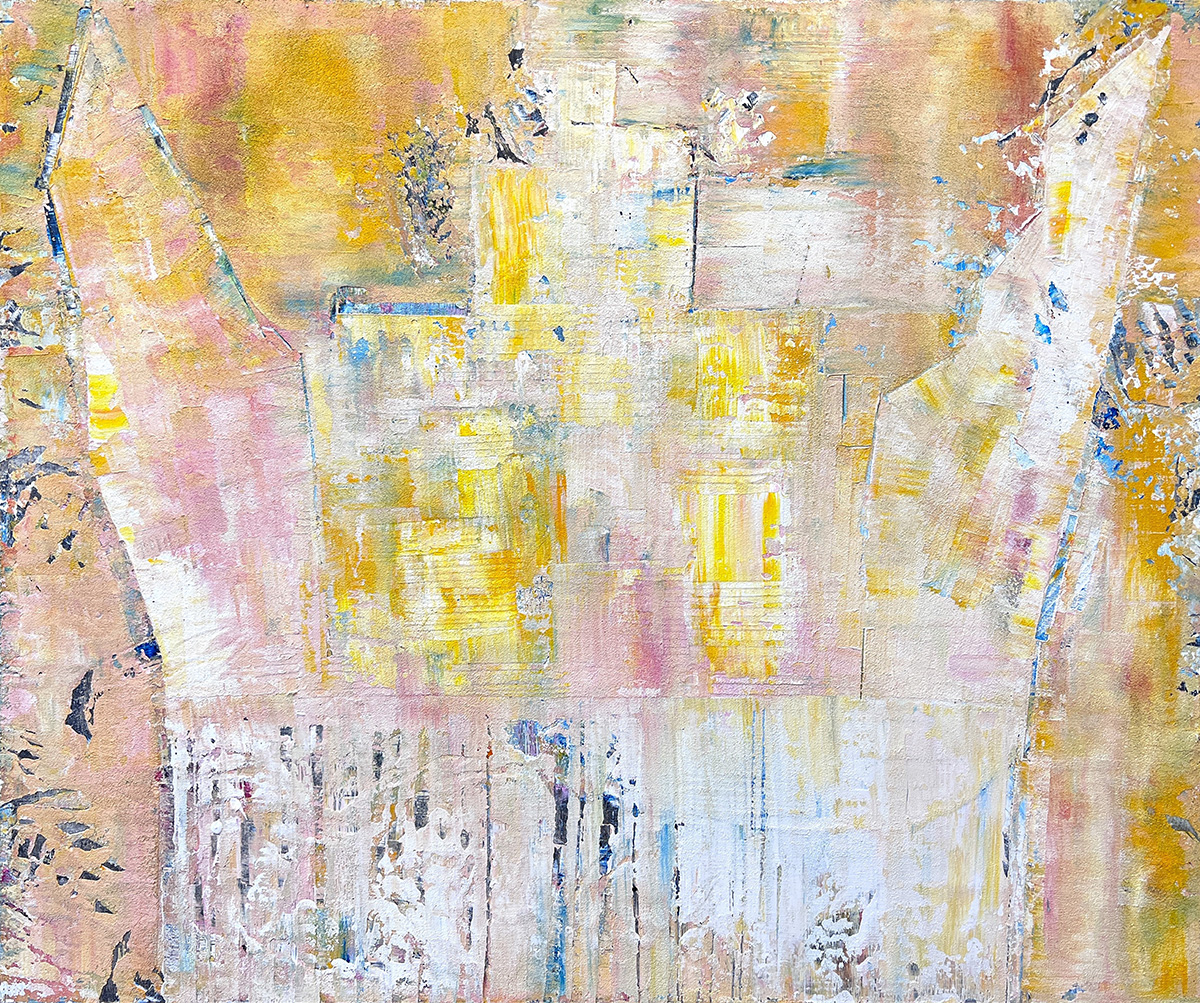















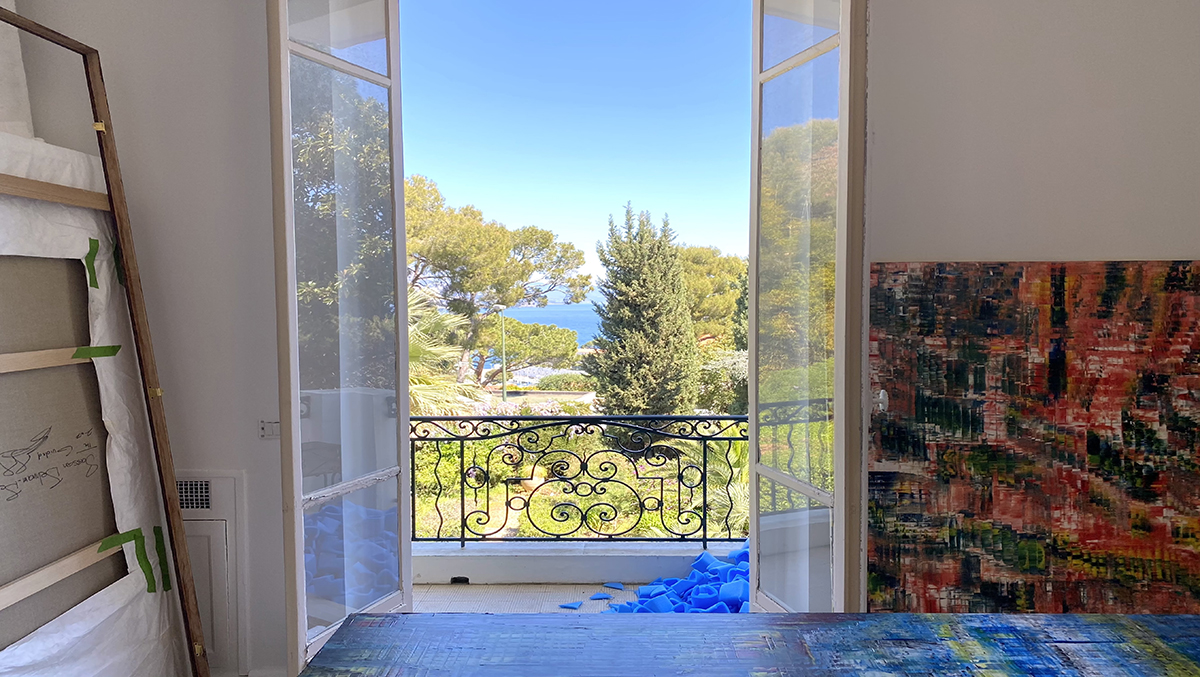














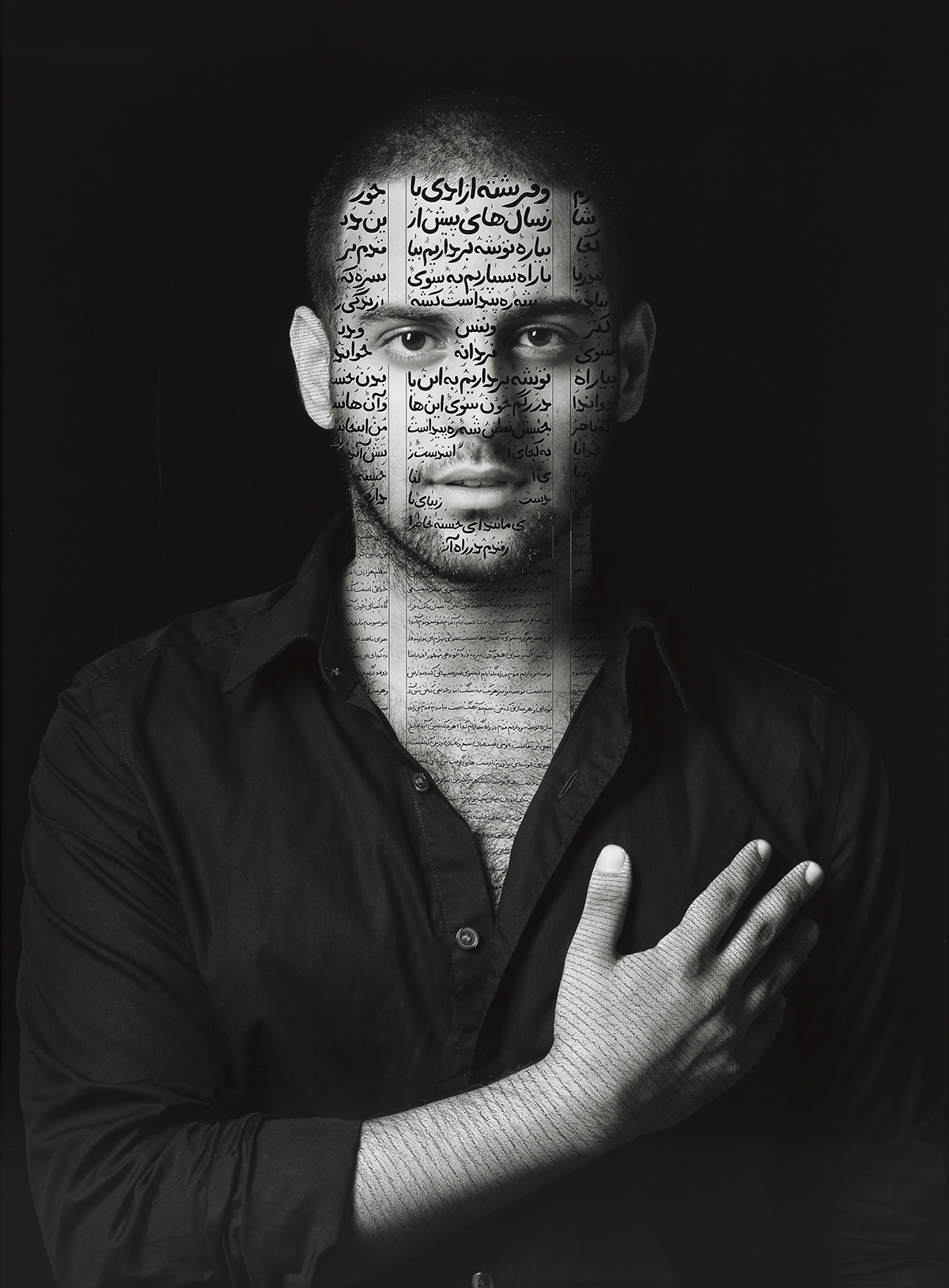


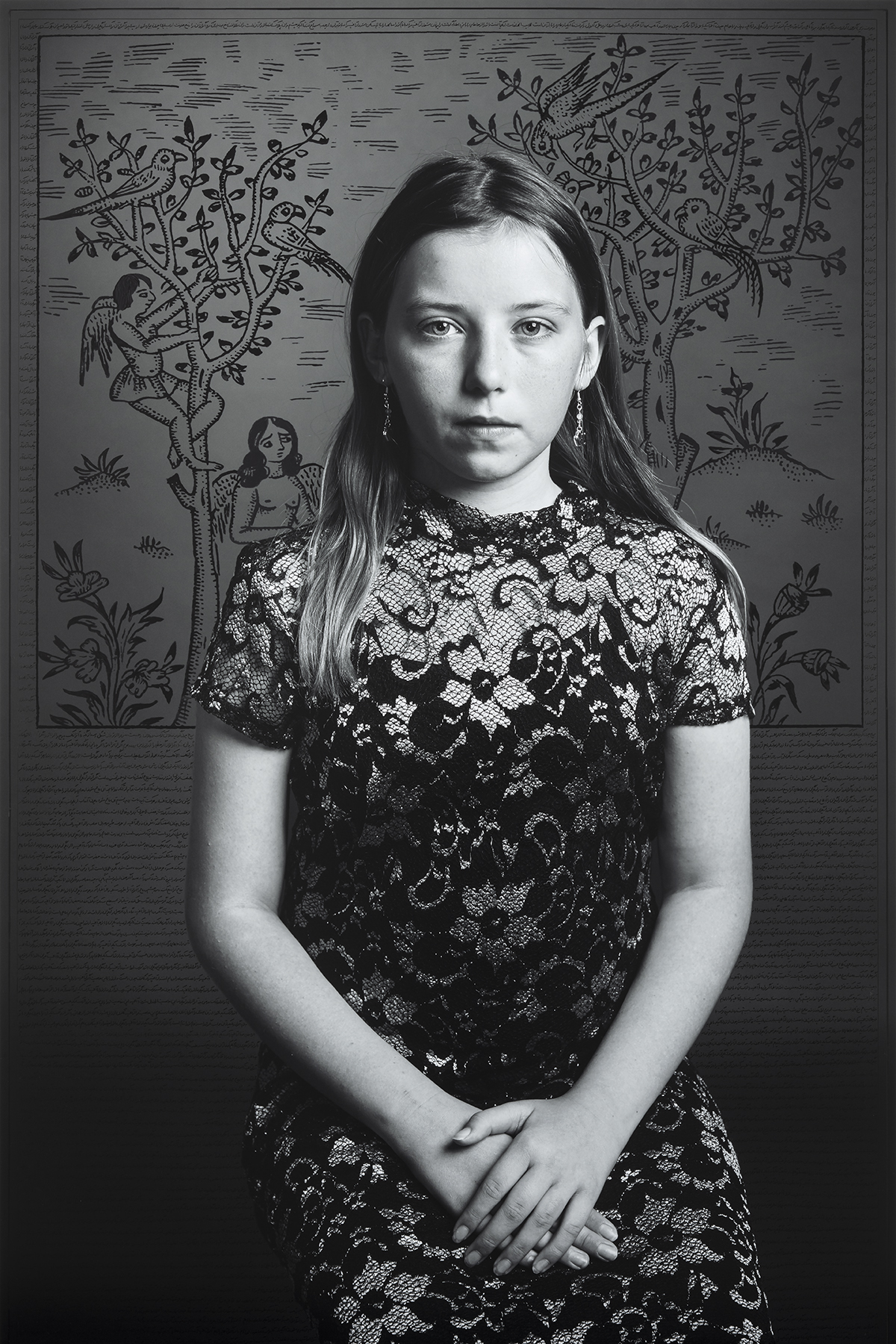




















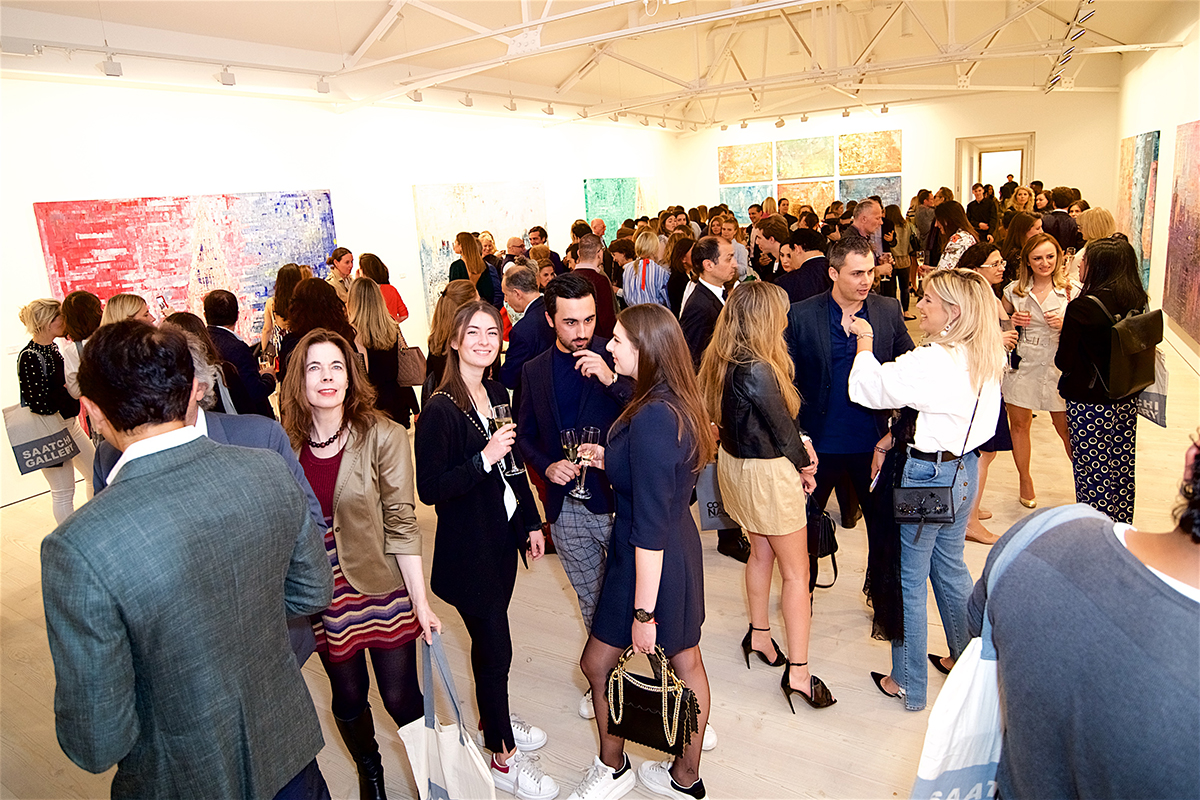







Recent Comments